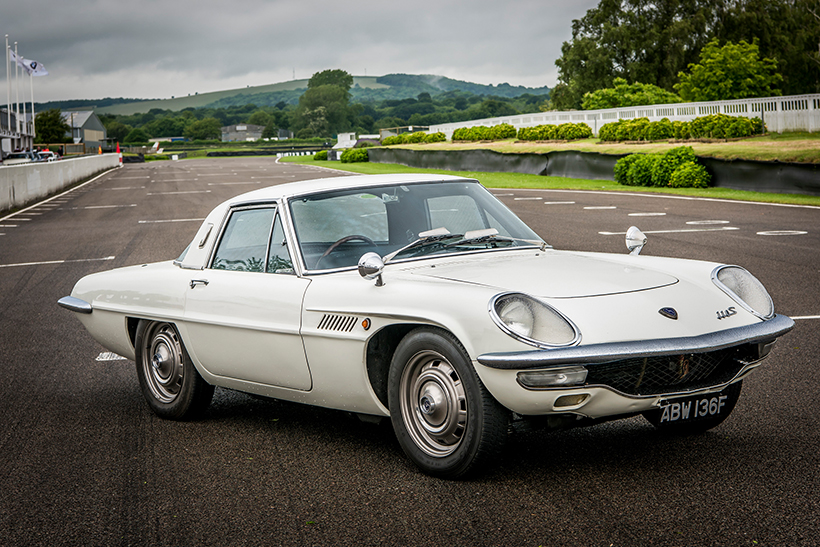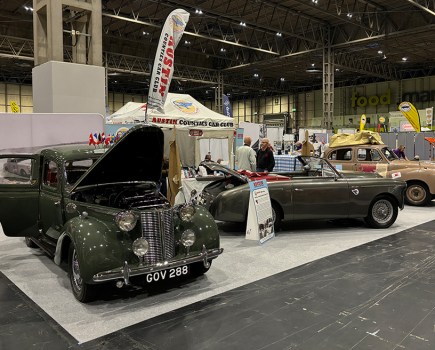Japanese manufacturer overcomes past financial crises and celebrates as its cumulative sales total tops 50 million vehicles…
Mazda Motor Corporation celebrated the production of their 50 millionth vehicle with a commemorative ceremony held at its Hofu Plant in Japan. It took the company a relatively leisurely 86 years and seven months to reach this milestone, having produced their very first vehicle – a three-wheeled truck – at Hiroshima in October 1931.
Vehicle production may have started in 1931, but Mazda didn’t branch out into passenger vehicles until 1960 with the R360, a tiny Kei car powered by a rear-mounted air-cooled 356cc V-twin that lasted in production until 1966. But as the 1960s progressed, Mazda moved upmarket and turned to rotary engines to help make their cars stand out in a crowded market.
This trail was blazed by the Mazda Cosmo, first shown in 1964 and on sale from 1967 as the world’s first car powered by a twin-rotor Wankel engine. Known outside Japan as the 110S, it was also Mazda’s first sports car, marking its transformation from a maker of predominantly trucks and small cars to a builder of exciting, technology-led sports cars.
Other manufacturers subsequently jumped on the rotary bandwagon and then either fell or jumped back off, but only Mazda made a commercial success of the technology, primarily in successive generations of RX7 sports cars of which a rotary engine record of 800,000 were sold between 1978 and 2002. Mazda even developed the output, fuel economy and durability of the engine design far enough to win the 24 Hours of Le Mans in 1991 with the rotary-powered Mazda 787B race car. And if that were not enough, they also found time to build a rotary-engined pick-up truck for the USA and a rotary powered bus in Japan.
The company was hit hard by the fuel crisis of 1973 though, because while rotary engines may have been smooth and powerful, they were also comparatively thirsty. With Mazda running out of cash and options, Ford increased their existing cooperation and bought into the Japanese company. Ford eventually acquired a controlling interest in Mazda in May 1996, and only relinquished it when suffering financial troubles of their own after the financial crash of 2008.
Meanwhile, Mazda had set up a factory at Hofu in Yamaguchi in 1982, adding a second Japanese production base to their original Hiroshima factory. Never the biggest of automotive players, the company claims that the flexible production systems developed at these plants have helped it to grow, with mixed production lines capable of producing different models allowing the production of multiple models at low volumes.
H
owever, there was nothing low volume about the MX5 introduced in 1989, a car that is widely credited with reigniting a near moribund sports car market worldwide and which lifted the crown of ‘world’s best selling sports car’ from the MGB – the Guinness Book of World Records declared in 2000 that the MX-5 was the best-selling two-seat sports car in history with a total production to that point of 531,890 units.
The MX5 didn’t stop there of course, with total sales passing the 1 million mark in April 2016. And that figure is still rising – today a new MX5 convertible will set you back from £18,995. If you like the idea of convertible motoring but are not so keen on the associated wind and noise, then it has even been joined by the MX-5 RF, which has an electrically operated retractable hard-top and for which prices start at £22,495. It is all a far cry from the three-wheeled truck that set Mazda out on the road to success 87 years ago.








